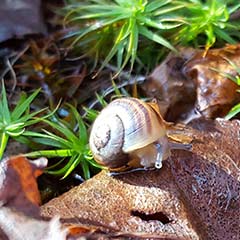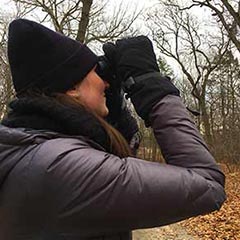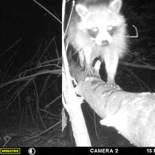
Franklin Park's Scarboro Pond
Franklin Park Biodiversity Project
"As an organization committed to conservation, we want to educate and inspire people of all ages that we all play a role in healthy ecosystems. And this starts right in our own backyard."
-Dr. Eric Baitchman, Vice President of Animal Health and Conservation


Become a Citizen Scientist!
Visit the Biodiversity Project on iNaturalist.org to explore the team's findings and share your own wildlife observations.
Recent Observations
To date, our team has observed over 12,000 insects, plants, fungi, arachnids, birds, mammals, reptiles and amphibians.



